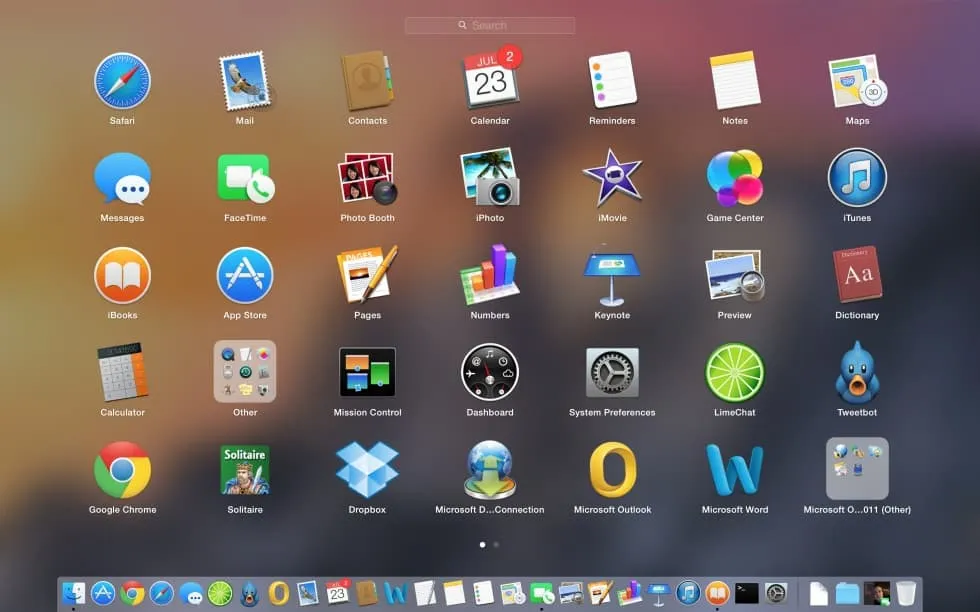Disk Drill: The best data recovery software for Mac OS X. Recover deleted or lost data from any storage device, iOS and Android. To upgrade from OS X Mountain Lion, first upgrade to OS X El Capitan, then upgrade to macOS Big Sur. Make a backup Before installing any upgrade, it’s a good idea to back up your Mac. On your Mac, you can find the files on your Desktop and in your Documents folder in Finder under iCloud. If you add a second Mac Desktop, the files from your second Mac won't automatically merge with the files on your first Mac. Go to your Desktop and Documents folders in iCloud Drive, then look for a folder with the same name as your second Mac. This is by far the best option, but it only available if you have Yosemite, or later OS installed already. If you enabled automatic updates, then Mac will inform you that the next macOS is available. Just open System Preferences, go to Software Update and click on the Upgrade Now button. Version of OS My Mac Can Run.
Before you begin
- Update your iPhone, iPad, or iPod touch to the latest iOS or iPadOS, and your Mac to the latest macOS.
- Set up iCloud on all of your devices.
- Make sure that you’re signed in to iCloud with the same Apple ID on all of your devices.
- If you have a Windows PC, update to Windows 7 or later and download iCloud for Windows.
If you have a device that can't update to the latest iOS or macOS, see the minimum system requirements to use iCloud Drive.
Get started


Set up iCloud Drive everywhere that you want to access and edit your files.
On your iPhone, iPad, and iPod touch

- Go to Settings > [your name].
- Tap iCloud.
- Turn on iCloud Drive.
You can find your iCloud Drive files in the Files app.
If you're using iOS 10 or iOS 9, tap Settings > iCloud > iCloud Drive. Turn on iCloud Drive, and tap Show on Home Screen. Then you'll find your files in the iCloud Drive app.
On your Mac
- Go to Apple menu > System Preferences, then click Apple ID. If you’re using macOS Mojave or earlier, you don’t need to click Apple ID.
- Select iCloud.
- Sign in with your Apple ID, if you need to.
- Select iCloud Drive.
If you want to add the files from your Mac Desktop and Documents folder to iCloud Drive, update your Mac to macOS Sierra or later then turn on Desktop and Documents. On your Mac, you can find the files on your Desktop and in your Documents folder in Finder under iCloud. If you add a second Mac Desktop, the files from your second Mac won't automatically merge with the files on your first Mac. Go to your Desktop and Documents folders in iCloud Drive, then look for a folder with the same name as your second Mac.
On iCloud.com
- Sign in to iCloud.com.
- Select Pages, Numbers, or Keynote.
- Click Upgrade to iCloud Drive, if you are asked to upgrade.
On your Windows PC
After you set up iCloud Drive on your iPhone, iPad, iPod touch, or Mac, you can set it up on your Windows PC.
Update Mac From Yosemite To Big Sur
- Go to Start, open Apps or Programs, and open iCloud for Windows.
- Enter your Apple ID to sign in to iCloud.
- Select iCloud Drive, then click Apply.
What's next
Mac Upgrade From Yosemite To El Capitan
After you set up iCloud Drive, any documents that you've already stored in iCloud are automatically moved to iCloud Drive. Your iPhone, iPad, and iPod touch keep your files in the Files app in addition to the Pages, Numbers, and Keynote apps. If you don't see your files in these apps, they might be on a device that doesn't have iCloud Drive turned on.
Mac Upgrade From Yosemite To Mojave
Learn more about using iCloud Drive.

